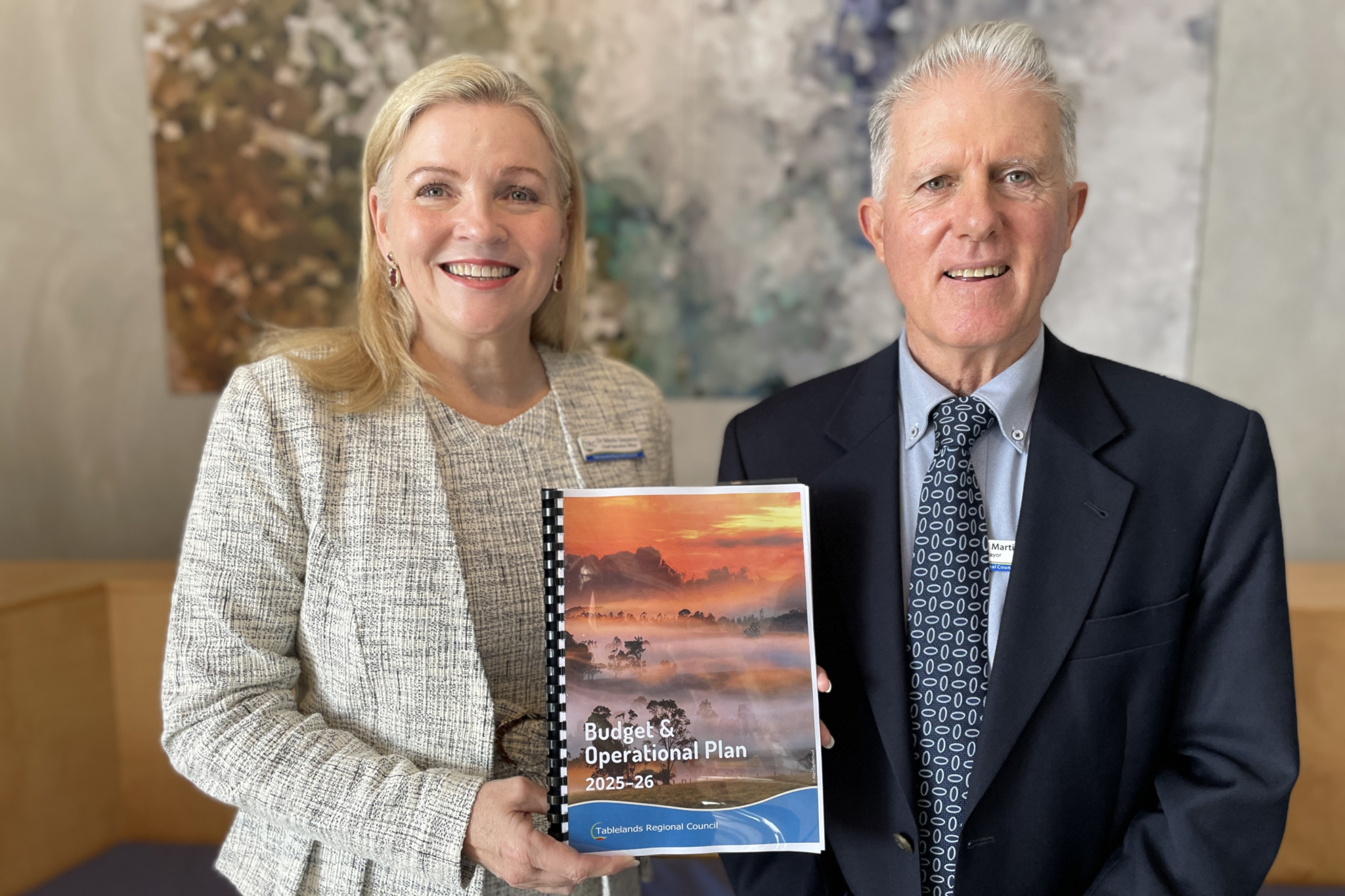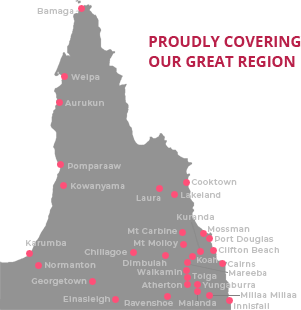General News
2 July, 2025
Rate rise to hit hard
RATEPAYERS on the Tablelands will be slugged another 7.9% in annual rates, 9% for water access, 9.9% for sewerage access, and an 8.35% increase for residential waste services after the council brought down its 2025-26 budget last week.

With the council also ditching the 2.5% discount, the rate rise would equate to 10.4% for those who pay their rates before the due date.
Mayor Rod Marti stressed that not everyone would pay the full rate increase, depending on their land valuations, stating that 85% of households would pay an average of an extra $114 a year in rates, with primary producers set to pay $689 more, and those with large grazing properties to pay an extra $2,675 a year.
The 2025-26 budget is the council’s largest to date, with $94 million in operating expenditure and $48 million for capital works.
In his budget address, Mayor Marti explained that council had no choice but to increase rates and charges as the organisation faced having to fund $100 million in sewerage infrastructure for Atherton and Yungaburra.
“Council is in a similar position to most other Queensland local governments, which have recently, or will over the next few years, be required to replace ageing water and sewerage infrastructure,” he said.
“Water and sewerage infrastructure is the ‘invisible infrastructure’. You might notice road conditions, but most people don’t reflect on the conditions of water and sewerage infrastructure until it fails.
“Council has worked hard over the last few years to extend the life of its water and sewerage infrastructure but the capacity to extend the life of Atherton’s and Yungaburra’s sewerage treatment plants is extremely limited and replacement assets must be constructed over the next few years before critical failures.
“In addition, council must find a long-term solution for Atherton’s water supply.”
Mayor Marti said when council first started investigating the replacement of the Atherton Sewerage Treatment in 2018-19, the cost was around $10.5 million, but that had blown out to $30 million in 2023-24, and today was estimated to be $66 million.
“Yungaburra’s sewerage upgrade is also around the corner and this is estimated at $33 million. Such infrastructure is intergenerational and funding it requires an intergenerational financial plan,” he said.
“The importance of an ongoing focus and investment in our water and sewerage assets is critical as we look to the future.
“This budget places our destiny back in our hands so that, if we do not receive the government grants we’ll be applying for, we can fund this essential infrastructure through our cash and by borrowing.”
Dr Stepanov told the meeting this year was council’s most challenging budget yet “as we bring a forecast 10-year capital works program of $530 million (in today’s dollars) onto our 10-year long term financial plan”.
“In preparing the budget, our key focus was on improving council’s financial position to ensure we could demonstrate to our banker, Queensland Treasury Corporation, that we can build sufficient cash reserves, and have adequate borrowing capacity to fund the delivery of this capital works program, particularly the critical water and sewerage infrastructure, which are near end of life,” she said.
“To achieve the outcomes required, the way council is managed and does business needs to change, particularly as we have a relatively small base of ratepayers and water, sewerage and waste payers in proportion to the services council provides, and the almost $900 million of infrastructure assets that council maintains.”
Where the money will be spent
Capital works
• $14.7m for roads, bridges, footpaths and drains
• $10.5m on road repairs due to flooding
• $7.1m on parks, gardens and precincts
• $5.4m on sewerage works
• $4.5m on water improvements
• $2.6m on community buildings and amenities
Operational Expenditure
• $22.8m for roads and bridges
• $12.6m for water
• $9.9m for community and corporate facilities
• $9.3m for waste
• $6.8m for wastewater
• $4.3m for parks, gardens and precinct
• $2.4m on community events and tourism


